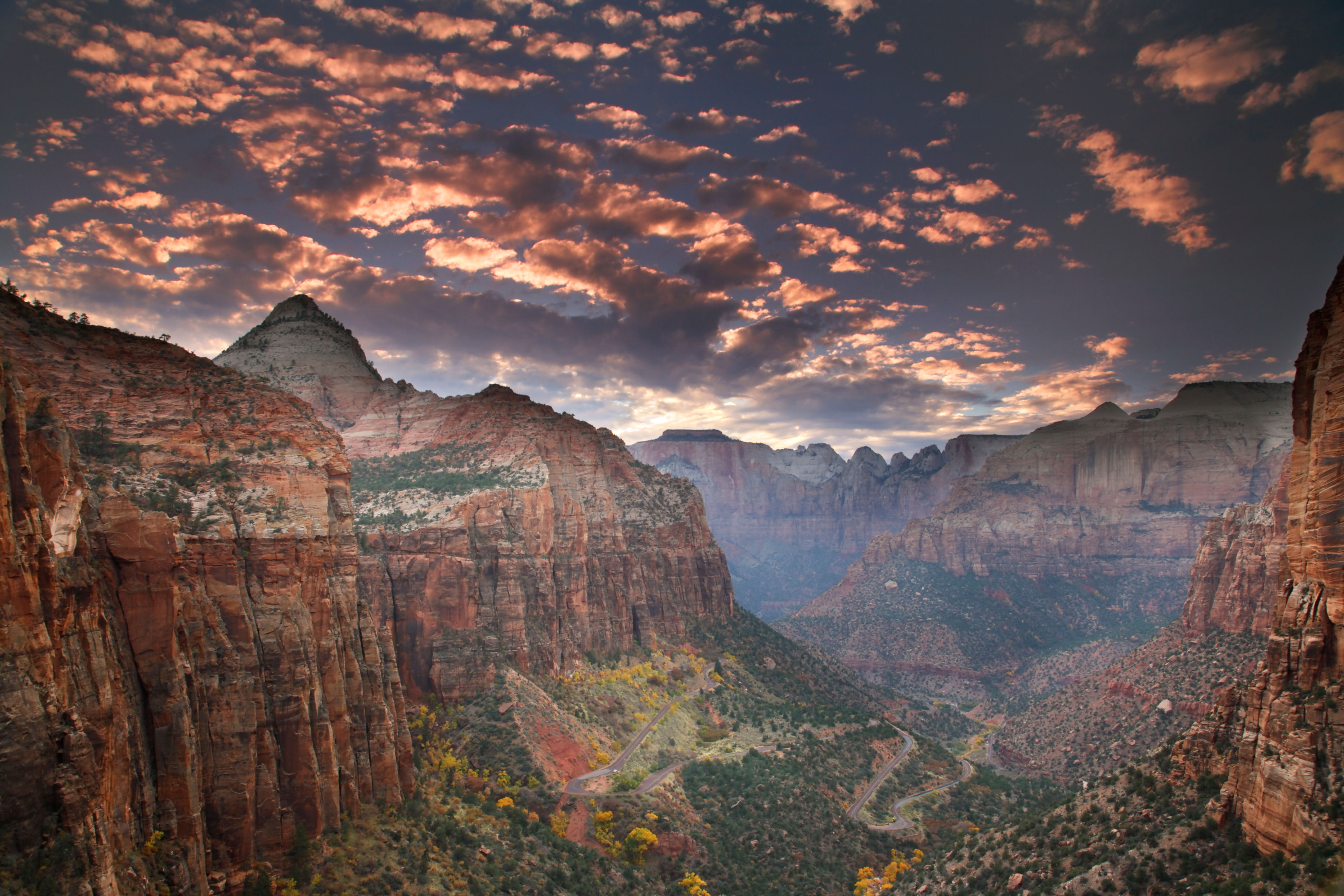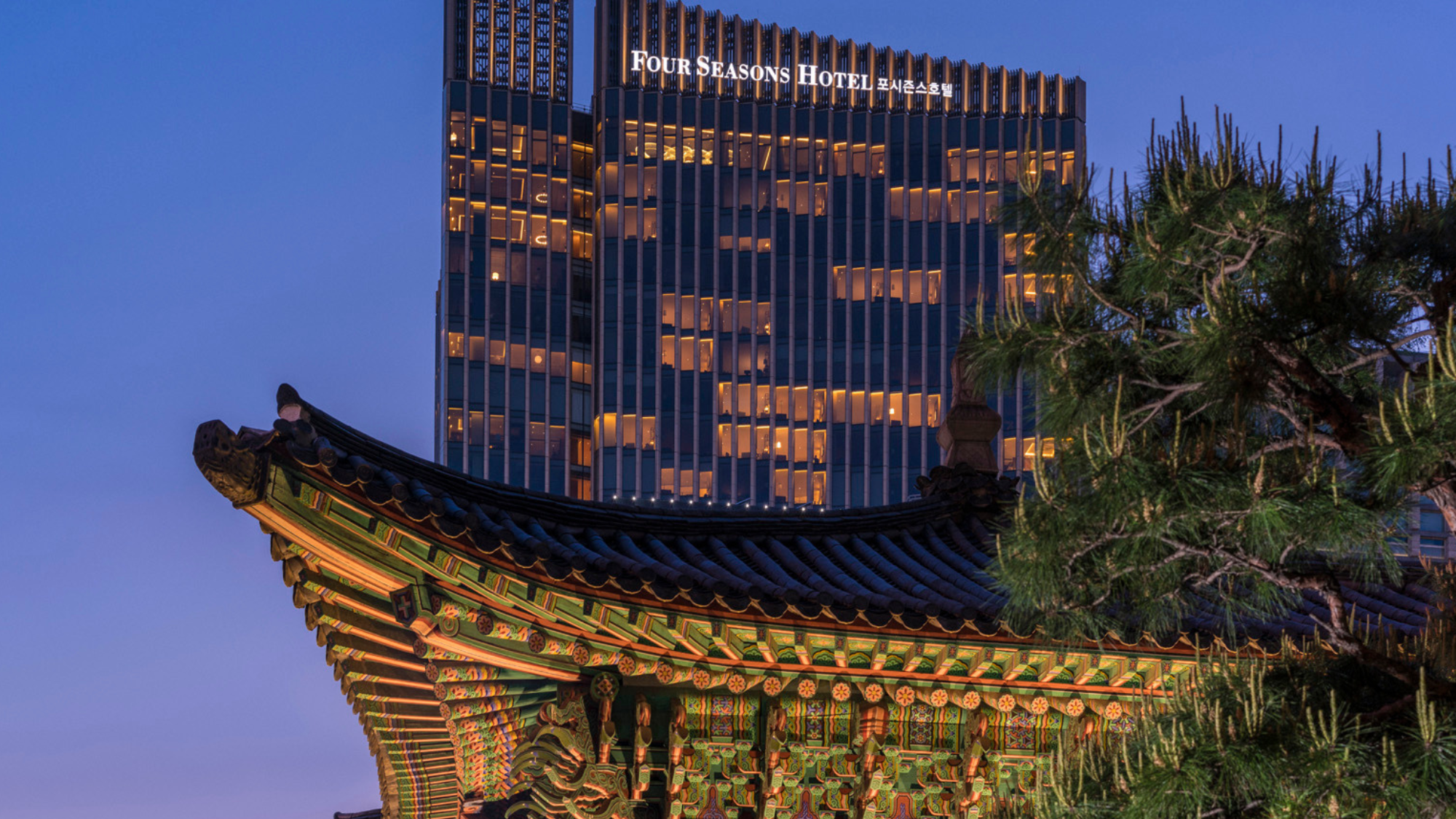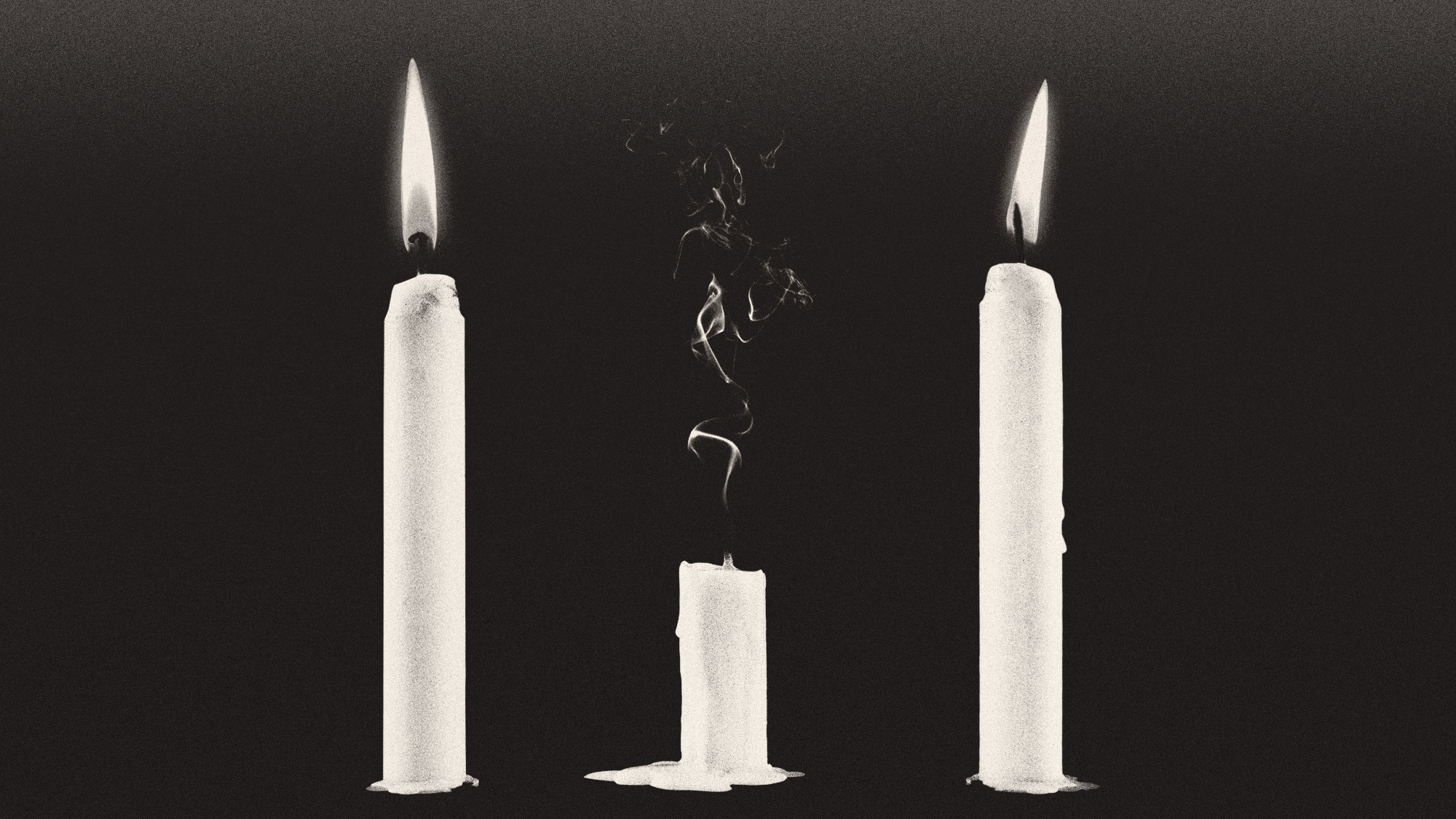My existentialist Utah vacation
I felt like I'd come home to a place I'd never been or even knew existed


Some people vacation at the beach. Others hop cruise ships or fly off to foreign capitals. Still others stay close to home, relishing a break from the normally hectic pace of life.
I do something different.
Whenever I can manage it, I plan a trip out to the American intermountain west — and specifically to the state of Utah.
The Week
Escape your echo chamber. Get the facts behind the news, plus analysis from multiple perspectives.

Sign up for The Week's Free Newsletters
From our morning news briefing to a weekly Good News Newsletter, get the best of The Week delivered directly to your inbox.
From our morning news briefing to a weekly Good News Newsletter, get the best of The Week delivered directly to your inbox.
Reading my biography, that might sound surprising. Born in New York City, I was raised in Manhattan and the city's Connecticut suburbs. Since then, I've spent most of my life east of the Mississippi: New York a couple more times; East Lansing, Michigan; Philadelphia. I've liked and even loved many things about each of those places. But none rivals my spiritual connection to Utah.
I first learned this about myself when I visited Salt Lake City in 1998 to interview for a two-year position teaching political science at Brigham Young University in Provo. I arrived the night before the visit to campus and made the 40-mile trip from the Salt Lake airport in the dark. When I opened the curtains in my hotel room the next morning, I was astounded. The brightest sun and bluest skies I'd ever seen framed the blue-green waters of Utah Lake with gold and brown mountains rising up behind it, looking impossibly far away and almost completely uninhabited. I felt like I had glimpsed a vision of another planet.
Once I arrived in the hotel lobby, I learned that my room faced west, away from the Wasatch Front — the wall of 10,000- to 12,000-foot alpine mountains that towers much closer to the east, directly behind the BYU campus. When I walked out the east-facing front door of the hotel, there they were, looking close enough to touch in the dry, crystalline air: green grass and pine trees toward the bottom, granite grey rock further up, and capped by streaks of ice and snow even in late spring.
I felt like I'd come home to a place I'd never been or even knew existed. (Yes, I know that makes me sound a little like a John Denver song.)
A free daily email with the biggest news stories of the day – and the best features from TheWeek.com
For the next two years, my wife and I traveled in every direction every chance we got: Yellowstone and the Grand Tetons; Yosemite, Lake Tahoe, and Death Valley; the Grand Canyon and Sedona, Arizona; the high Rockies of Colorado.
But nothing compared to driving from Salt Lake City to the sublime red-rock vistas of Arches National Park in southeastern Utah. To this day, traveling to the park eastbound on I-70 invariably gives me chills. Shortly after merging onto the highway, a sign warns drivers that after the small town of Salina there will be no services for the next 110 miles — a stretch of road nearly as long as the New Jersey Turnpike from end to end. The occasional freeway "ranch" exit leads to nothing more than a dirt road that quickly disappears into an unpopulated oblivion of red, orange, yellow, white, and brown rock formations as far as the eye can see in every direction.
Meanwhile the interstate itself unfolds in front of the car 10, 20, or 30 miles at a time. On subsequent trips, I've delighted in directing my children's gaze to the road ahead. "See that ribbon up there?" I ask as we make our way across the forbidding landscape at a slow motion 80 miles an hour (the current posted speed limit). "That's the highway. We'll be there in 20 minutes."
I find something profoundly stirring — something deeply right — about such experiences, which invariably leave me feeling impossibly small.
The experience of being in the world is very different out east, especially in the densely populated coastal megalopolis stretching from Boston to Washington, D.C. There the landscape is mostly flat, making the world feel comparatively two-dimensional — a frantically busy, anxious, and crowded Flatland where it's almost never possible to glimpse a perspective from above, or cast one's gaze more than a mile or so in any direction.
Pretty much everywhere on the northeast coast, one lives an almost completely artificial existence, with the natural world hemmed in, covered over, suppressed. Glass and steel towers scrape the sky. Concrete, pavement, and scrupulously manicured grass cover the ground. Cars, buses, and trains careen in every direction at all hours of the day and night. Cities blend into suburbs, and one suburb blends seamlessly into the next. Strip malls and shopping centers follow one upon the other in endless succession. Street lights illuminate the night, blotting out the stars.
It's something close to a hermetically sealed world, created, perpetuated, and meticulously controlled by and for human beings.
There's nothing intrinsically wrong with this way of living. I personally like many things about it — especially its creativity and dynamism. But I nonetheless feel closer to the truth of things — more in harmony with the world and myself — in a place where humanity's mastery and control of nature is less total, less absolute. Where I'm reminded of my cosmic insignificance every time I look out a window or pass through an open door and my eyes fall upon a vista of beautiful, ancient, impossibly massive, impassible formations of rock, ice, and snow.
That's why I travel back to Utah every chance I get — and why my family visited there once again two weeks ago for vacation: to catch a renewed glimpse of the truth.
On this most recent visit, we explored Canyonlands National Park for the first time. No one in the family was disappointed. At the end of one modest hike, we came to the most stunning overlook I've ever seen. With no railing or barrier of any kind, the mesa simply stopped, giving way to a sheer cliff straight down to a sandstone bench 1,200 feet below — roughly the height of the Empire State Building. Then a few miles out, the bench reached another cliff edge, this one with a drop of another 1,000 feet to the murky, meandering waters of the Colorado River below. Off it snaked in its canyon, eventually merging with the Green River, and then disappearing into the distance 100 or so miles away.
There we stood — my wife, my children, and I, just inches away from a step that would bring certain death, awed by beauty and unspeakable vastness, at once terrified and thrilled by the joy and fragility of life.
In that moment of clarity, my existentialist Utah vacation was complete.
Damon Linker is a senior correspondent at TheWeek.com. He is also a former contributing editor at The New Republic and the author of The Theocons and The Religious Test.
-
 Four Seasons Seoul: a fascinating blend of old and new in South Korea
Four Seasons Seoul: a fascinating blend of old and new in South KoreaThe Week Recommends Located right in the heart of the action, this classy hotel is the perfect base to explore the capital
-
 How to make the most of chestnuts
How to make the most of chestnutsThe Week Recommends These versatile nuts have way more to offer than Nat King Cole ever let on
-
 Deaths for children under 5 have gone up for the first time this century
Deaths for children under 5 have gone up for the first time this centuryUnder the radar Poor funding is the culprit
